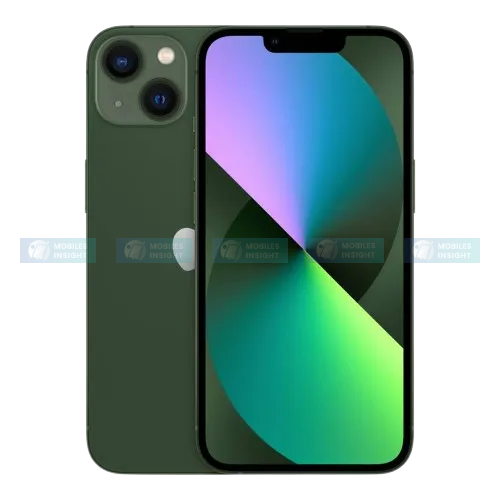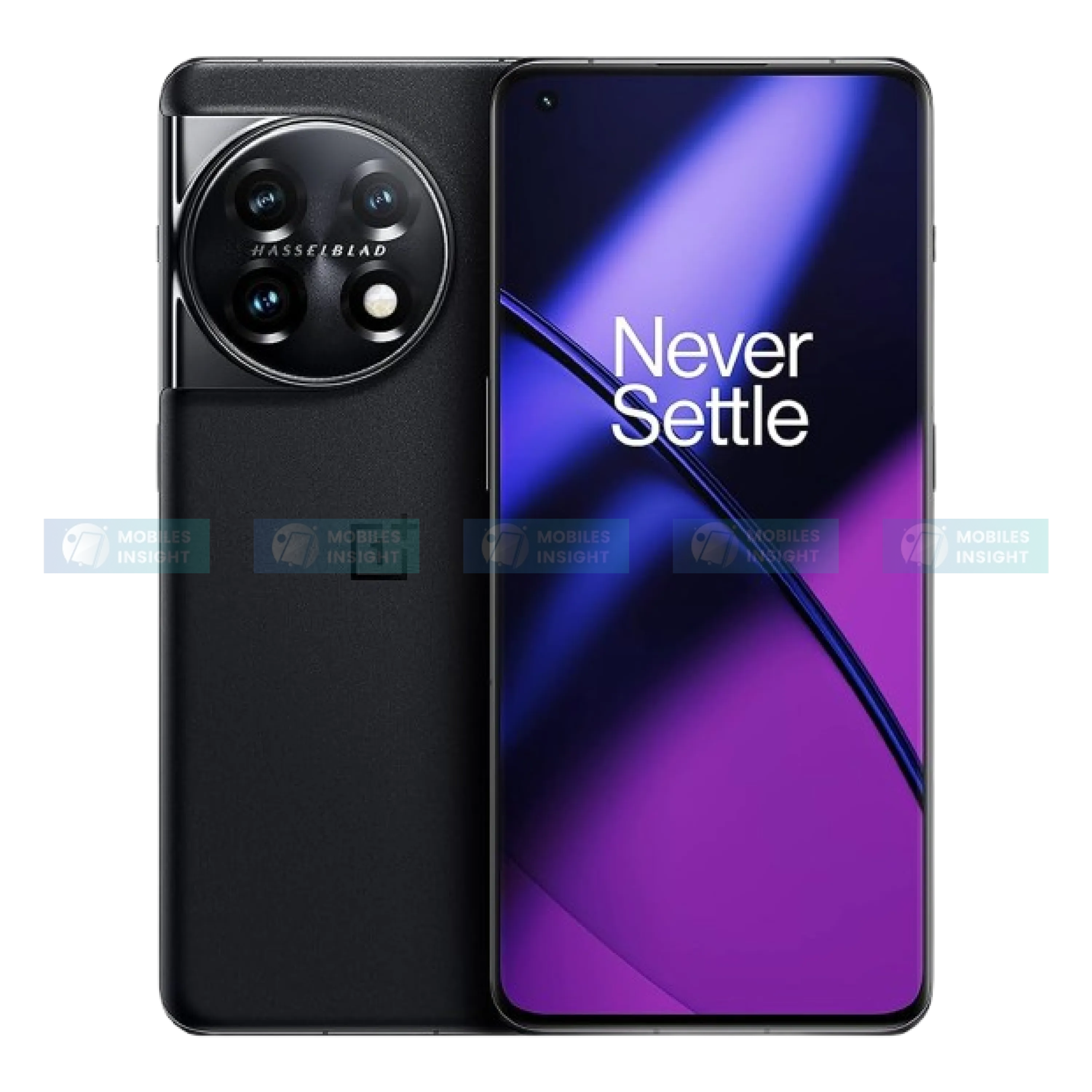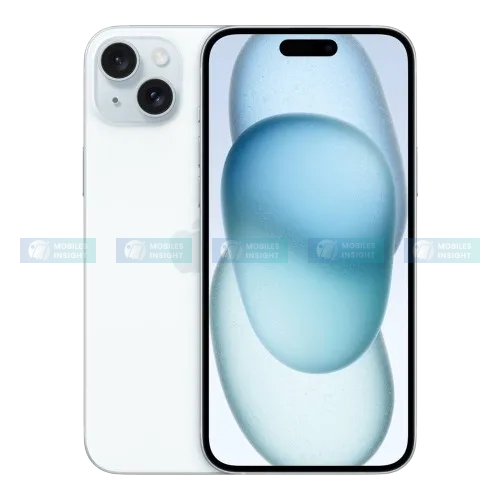
Smart Technologies 2025: What’s Hot, What’s Next
Smart technologies will change the way we work and live in 2025. What was once only seen in fiction is now becoming reality. Every day, smart devices like phones, cars, and homes grow more intelligent. They save us time, keep us safe, and make life more enjoyable. As technology trends and the AI revolution continue to advance, they are quietly but powerfully reshaping our world in 2025.
Smart homes, for example, can automatically turn on the lights and maintain our comfort. Life is made easier by new technology, such as robots that can learn and faster internet speeds. We will soon see more incredible things, like clothing that can communicate with our phones and computers that understand our emotions. Smart ideas are in the future!
Smart Technology: What's hot now
Smart Homes Powered by AI
AI is a smart computer that can learn. They make homes more intelligent. They can guess your wishes, such as turning on the lights or playing music. They can clean the air and maintain it without your input. Smart thermostats can save energy when they know you're home. Smart security can tell whether it's an animal or a human and won't make any mistakes. Smart homes are safer and easier to live in.
Imagine coming home from school or work to find your house already warmed up, the lights on, and your favorite music playing. AI does all of this without you having to do anything. The smart security system will also alert you if someone is trying to enter your home or if a strange sound is heard. This keeps your family safe.
Agentic AI
A robot or computer program that is smart and can do jobs by itself is called agentic AI. It can learn new things and help people in many ways. Some of these smart robots move boxes in big buildings. Others help in offices by putting data in order or answering questions. Perplexity AI’s Comet Browser is one tool that helps these smart programs find and use information quickly. These helpful robots make work faster and easier.
Imagine a robot that can find and pack the right items in boxes without much assistance. A computer program can help you quickly find answers by talking with you and acting like a good friend. Agentic AI is the future of many jobs.
Connectivity for 5G and 6G
Fast internet speeds help smart devices to work better. It's much faster than other internet types. Video calls, online games, smart cars and other things work well with 5G. 5G Advanced and 6G are coming soon. The new internet types allow smart cars to drive themselves safely, smart glasses with information, and the connection of millions of smart devices.
With 5G, for example, your video calls won't become distorted or blurry. Smart cars can communicate with each other to prevent accidents. Smart fridges can communicate with the store and order food in advance. Everything is faster with the new internet.
Quantum Computer
A quantum computer is a brand-new type of supercomputer. It's very powerful, and it can solve difficult problems quickly. Scientists and companies can do things normal computers are unable to. Quantum computers could, for example, help to find new drugs faster or secure the internet from hackers. Quantum computers are currently being improved, but they will soon be an important part of smart technologies.
Imagine quantum computers as a supercomputer that can perform multiple tasks at once. This could help solve big problems, such as finding cures for diseases or protecting information online.
Smart Manufacturing
Factories rely on robots and smart machines to improve their performance. These machines are able to check and correct problems themselves before they occur. It is called "predictive maintenance." Smart manufacturing involves making things cheaper, faster, and with less waste. Sensors can tell workers when a machine will stop working in the near future. The factory can continue to produce products without having to stop.
Imagine a factory in which robots are building toys, cars or clothes. The robots work with computers that monitor everything to ensure the quality of each product. It helps people to get better products faster and cheaper.
Smart technology is coming: What to expect?
Emotion AI
AI Emotion helps computers to understand what people are feeling. It can tell by listening to your voice or looking at your face if you're happy, sad, or angry. It makes machines more friendly and helpful. In a call with customer service, for example, the computer will tell if you're upset and help you more.
Imagine a robot that can tell when you're sad and will try to cheer you up. Or, a smart assistant that speaks kindly to you when you're stressed. Emotion AI makes machines better at understanding people.
Spatial Computer
Spatial computing combines the real and computer worlds. You can touch and see digital objects as if they were real. Virtual reality (VR) and augmented reality are two ways to achieve this. VR immerses you in a digital environment, while AR brings digital objects into the real world.
Students can, for example, use VR to travel back in time and visit ancient Egypt from their classroom. AR can be used by doctors to view inside the body of a patient during surgery. Gamers can enjoy games in which digital creatures appear right inside their living room. Spatial computing is a new way to learn, play, and work.
Sustainable Smart Technologies
Smart technologies help the planet by conserving energy and using resources more efficiently. Smart grids can tell when to use wind or solar power and when to conserve energy. Smart buildings save electricity and water through automatic adjustments. This reduces pollution and helps keep the planet clean.
Smart streetlights, for example, can be programmed to turn off automatically when there is no one around. Smart homes only use energy when necessary. Saving money and protecting the environment is possible.
E-Textiles
The clothes that contain tiny computers or sensors are called E-textiles. These clothes can monitor your health by checking your temperature or heartbeat. These clothes can be made warmer or cooler. Some textiles are smart enough to talk with your smartphone or other devices.
Imagine a jacket that will warm you up in the cold or a shirt that tells your parents whether you are sick. E-textiles make clothes more fun and useful.
Cross-Industry Collaboration
More than ever, different companies and businesses work together. They exchange ideas and create smarter technology faster. They create better products when car makers, software developers, and phone makers work together. It makes technology safer, smarter, and more user-friendly.
A company that produces smartwatches could work with a local hospital to keep patients healthy. Or, a car manufacturer might partner with a tech firm to create safer self-driving vehicles.
Conclusion
In 2025, smart technologies will make our world more connected and better. These tools, from AI-powered houses to smart clothes and superfast internet, help us lead safer, healthier and happier lives. New inventions such as emotion AI and quantum computing will transform how we work and have fun in incredible ways.
Smart technologies are growing, helping to solve problems, protect the planet, and improve everyday life. We can prepare for a better tomorrow by learning about these changes.
FAQs - Simple Questions about Smart Technologies
Q. What is AI?
AI is artificial intelligence. It is like a brain in a computer that can help people learn better.
Q. How can 5G benefit me?
5G is a very fast internet. Video calls are clearer, games run smoothly, and smart devices function without delay.
Q. What is a "smart home"?
A. A smart home contains devices that are able to do things on their own, such as turning lights on, cleaning or keeping you secure.
Q. Can robots work independently?
Yes! Robots with AI can perform many tasks without assistance. They improve and learn over time.
Q. What is a quantum computer?
Quantum computing is an advanced supercomputer that can solve very difficult problems quickly.
Q. What is emotion AI?
Emotional AI allows computers to understand what people are feeling by looking at them or their voice.
Q. What is spatial computing?
Spatial computing combines real and computer worlds, so you can touch and see digital objects in real life.
Q. How does smart technology benefit the environment?
It reduces pollution, saves energy, and uses resources more efficiently by using smart grids.
Q. What are e-textiles?
E-textiles can be clothes that have computers or sensors to check your health or even change the temperature of your clothing.
Popular Phone Reviews

Samsung Galaxy A70 Review: Features, Performance, and Value Insights

Apple iPhone 16 Pro Max Review: Features, Performance, and Value Insights

Apple iPhone 12 Pro Max Review: Features, Performance, and Value Insights

Xiaomi Redmi 12 Review: Features, Performance, and Value Insights






